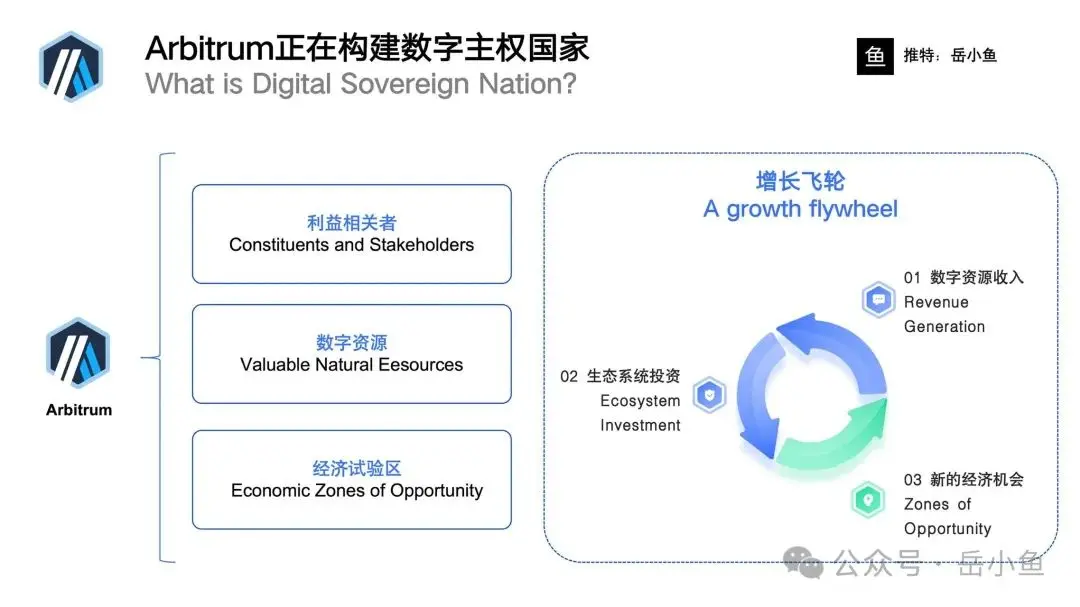1. How far are we from the emergence of network states?
Initially, the well-known investor Balaji wrote a book called (The Network State), proposing the concept of network states.
A network state refers to a highly cohesive online community that possesses collective action capability, enabling it to crowdfund and purchase land worldwide, ultimately gaining diplomatic recognition from existing sovereign states.
This concept emphasizes starting from digital communities, gradually shifting to physical existence, utilizing blockchain technology for governance and resource allocation without relying on traditional institutions.
Ethereum founder Vitalik, also known as V God, has mentioned and discussed this concept multiple times.
He believes that the spirit of blockchain and network states is very compatible and is an important infrastructure for network states.
V God even explored this concept through practical actions, the most famous being the Zuzalu experiment initiated in 2023 in Montenegro:
This is a two-month temporary 'popup city' that gathers over 200 Ethereum community members, crypto executives, biotech entrepreneurs, and researchers, focusing on topics including longevity science, public goods, and discussions on network states.
But V God admits that the subsequent steps are unclear, especially with issues in governance, such as centralization and elitism.
2. With the maturity of infrastructure, today, Ethereum Layer 2 leader Arbitrum proposes its vision of building a digital sovereign nation.

This digital sovereign nation mainly consists of three core elements:
First, there needs to be a diverse range of participants and stakeholders.
The final presentation format is DAO, where ArbitrumDAO has complete on-chain control over protocol upgrades and fund holdings.
This control is the foundation for realizing the vision of a digital sovereign nation.
Second, there needs to be valuable digital resources.
Here, these resources refer to Arbitrum's block space and execution environment, which are actually high-margin digital commodities.
The economics of Layer 2 allows it to retain a large amount of network revenue, with the average gross margin of Arbitrum One transactions exceeding 95%.
The value generated from activities on the Arbitrum chain can be directly accumulated into the ArbitrumDAO treasury.
Third, it is necessary to create economic experimental zones through fiscal deployment.
The ability to create and retain revenue enables ArbitrumDAO to reinvest assets into new projects.
These projects, in turn, will drive demand for Arbitrum's block space and activity, creating a growth flywheel.
3. If we consider Arbitrum as a country, we can examine the specific situation of this country.
First of all, this country is federal.
The largest central area is Arbitrum One, along with 48 Arbitrum Chains.
However, this country is not a loose alliance, but has strong binding and association, with its common technological foundation determining the ability to achieve high interoperability.
These federations also have very high autonomy: they can customize Gas tokens, choose their own DA (Data Availability solutions), and settle to.
The GDP of this country reaches 200 million dollars.
On-chain GDP, which refers to the total revenue generated from applications on the network.
Among them, the three major applications, Uniswap, GMX, and Aave, have already accounted for 40.5% of the GDP on the Arbitrum One chain.
The pillar industry of this country is DeFi.
Every country has its own pillar industries; for Arbitrum, the pillar industry is DeFi.
However, having only one core industry is too singular, so Arbitrum is actively expanding into other industries, such as RWA, gaming, and social.
Of course, Arbitrum expects its various federations to explore, meaning realizing different types of ecosystems on different subchains.
4. To summarize.
The blockchain industry is constantly giving birth to highly innovative new things.
At its core, blockchain is a technology that transforms production relationships, aiming to reconstruct the current organizational forms.
Thus, network states can be said to be the ultimate goal, a more grand vision.
Arbitrum clearly identifies the digital sovereign nation as its vision, which can be seen as a bold attempt.
These regional and phase-based experiments ultimately lead to breakthroughs from quantitative to qualitative changes.



